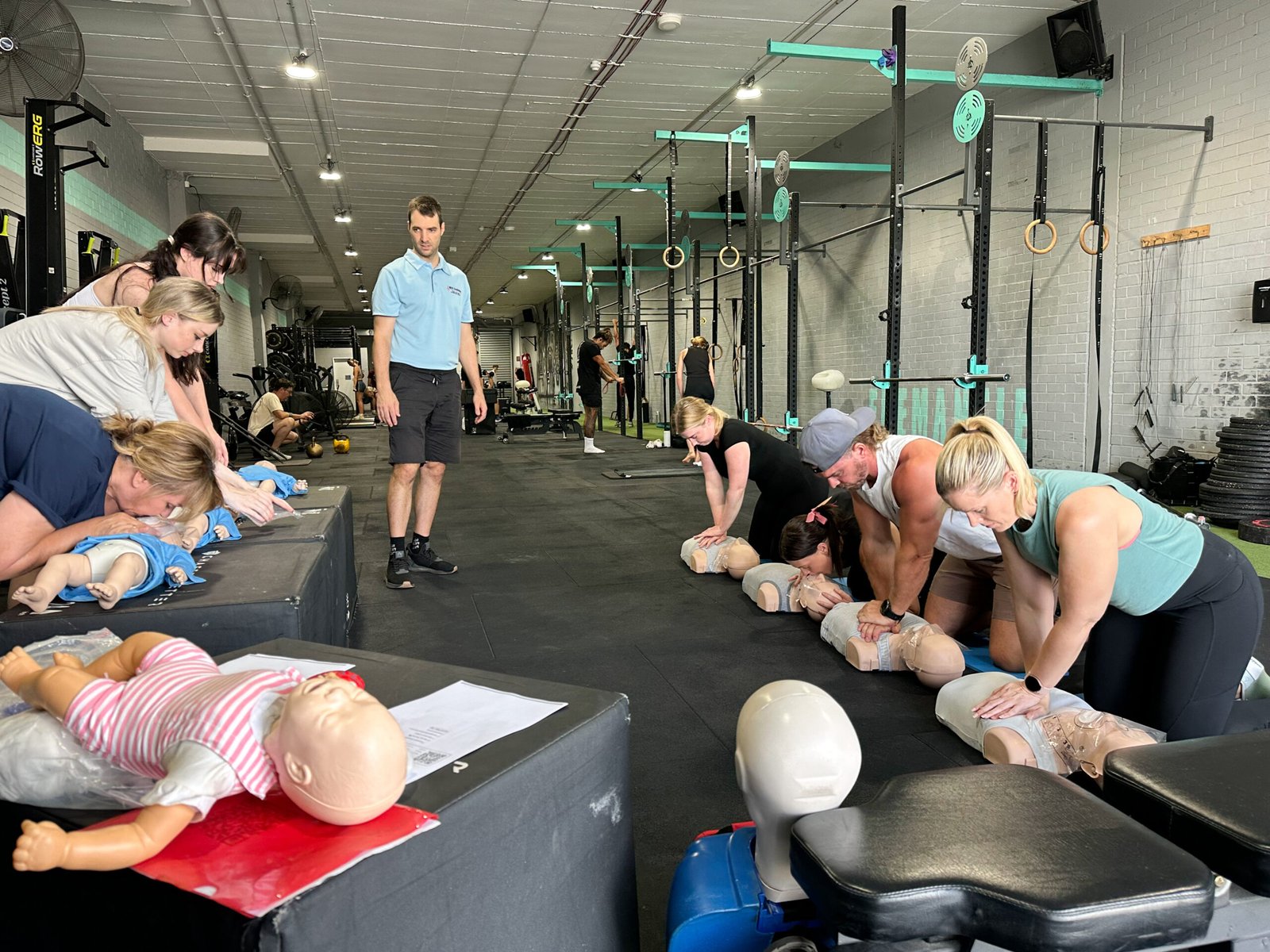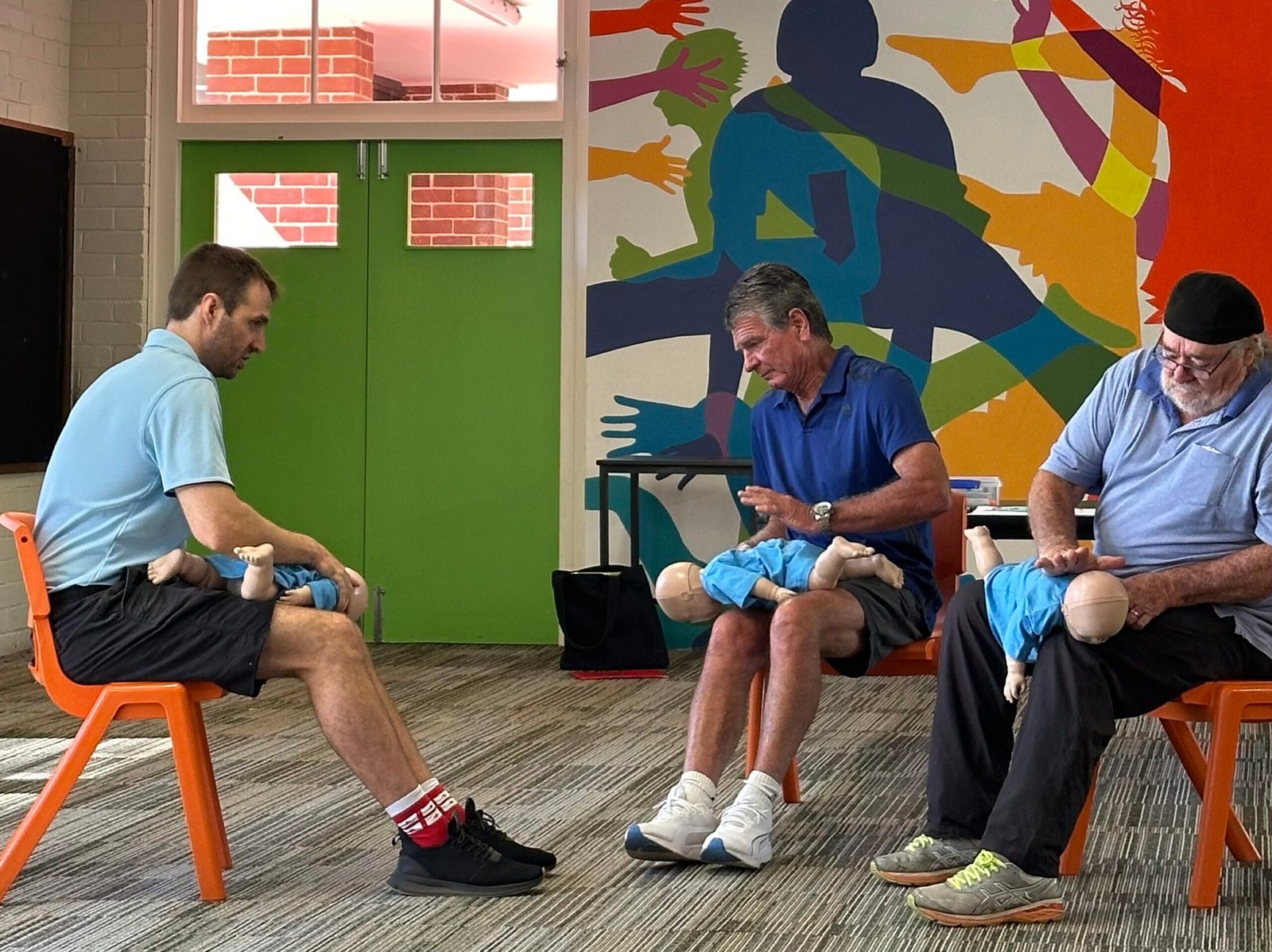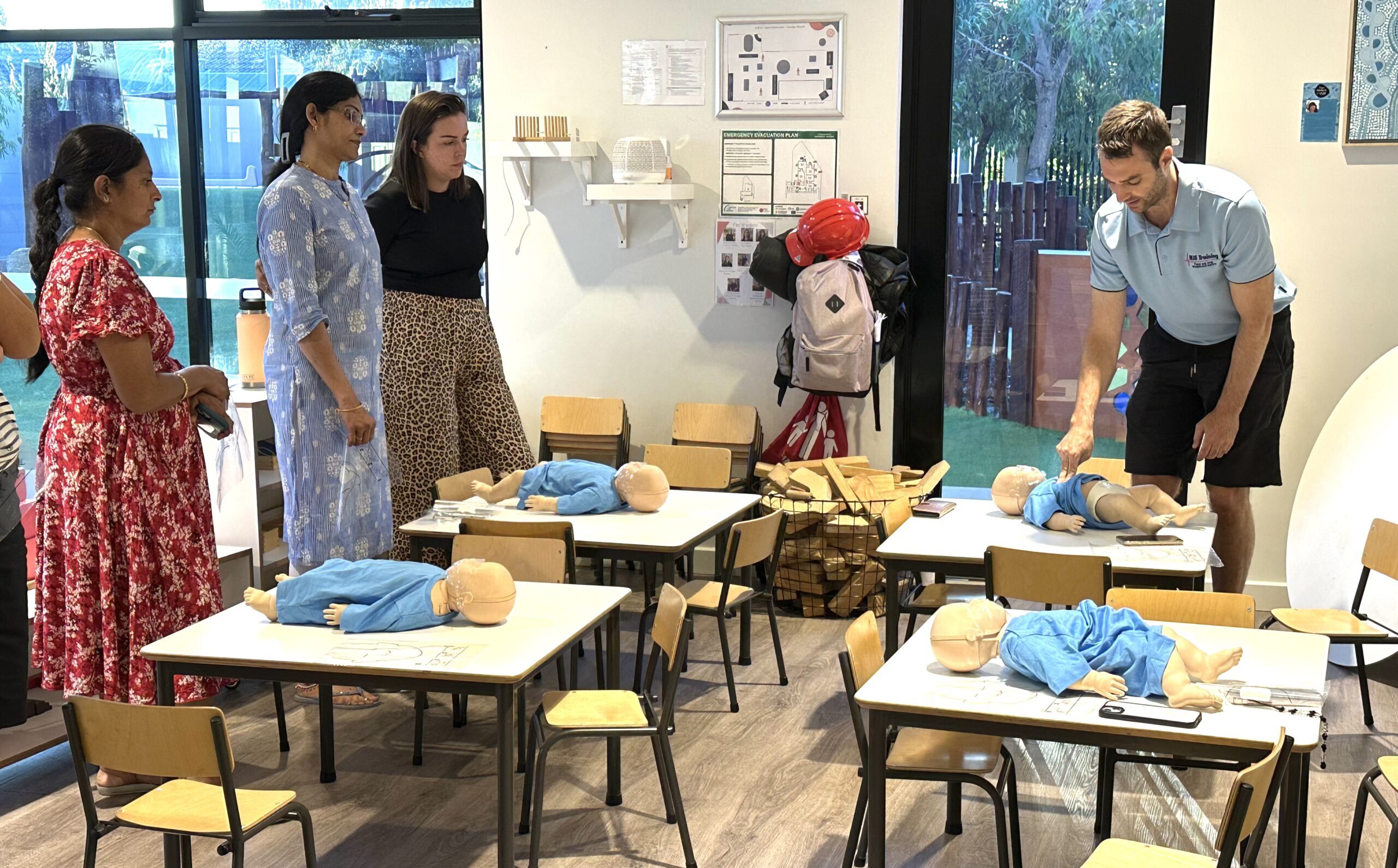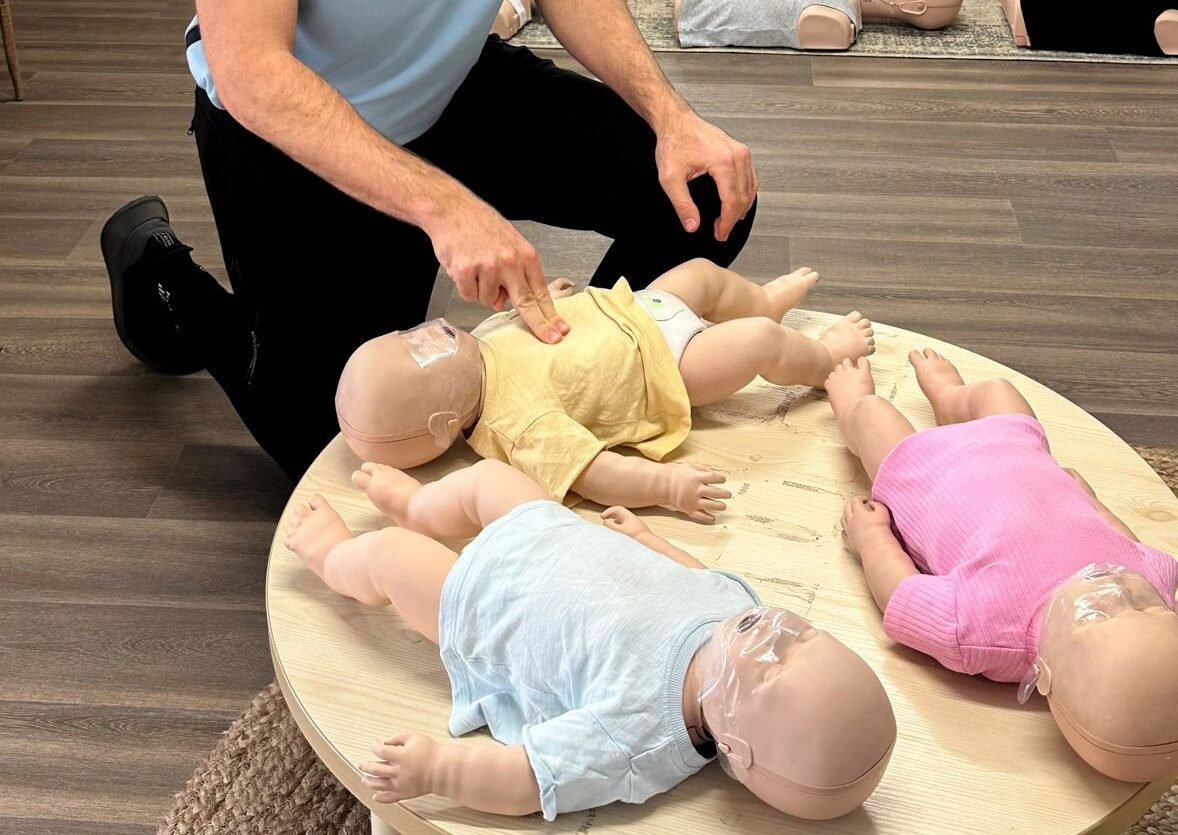Why Onsite First Aid Training for Your Staff Matters: The Numbers
Why does onsite first aid training matter? Recent data show workplace safety is a real concern in Western Australia state. According to the WorkCover WA Annual Statistical Report 2022/23, there were 27,574 workers’ compensation claims across Western Australia during the 2022/23 financial year. Most of these (86%) were for injuries that happened at work, while the rest (14%) were for work-related illnesses.
In Western Australia, the First Aid in the Workplace Code of Practice mandates that businesses provide:
- Trained first aiders
- Accessible first aid kits and facilities
- Clear first aid procedures
Note: According to WorkSafe WA, there are slightly different requirements for different levels of risk in different industries. The industry classification determines the level of risk. Construction, manufacturing and healthcare are generally categorised as medium to high risk industries.
For Perth businesses onsite first aid training providers like WJS Training offer a practical solution that minimizes disruption while ensuring staff are prepared for emergencies.
Practical Steps to Arrange Onsite First Aid Training
This is an example of WJS Training practices, hope it will be useful.
1. Prepare information about teams
You should know:
- Group size: How many staff need certificates.
- Expiry dates: When each certificate expires.
- Type of certificate: CPR, First Aid or Childcare First Aid.
It’s important for the admin or manager to record the list of qualifications for each team member within the company. It’s good to combine mid-sized groups, or split larger groups if necessary.
It’s best to arrange training within two months prior to expiration dates. Even though most certificates are delivered the same day of manual training, it’s better to prepare in advance.
2. Search for Onsite First Aid Training Providers
Search on Google at least 2 weeks before your desired training date. Focus on providers that come onsite, for example, WJS Training, who can conduct training at your business location for groups of over 5 people.
Benefits of onsite training:
- Convenient
- No staff travel needed
- Saves time, no need to travel to a training centre
3. Ask Mobile Perth Training Providers questions
When contacting providers, ask these specific questions:
- “Is your certification nationally recognised and ARC-compliant?” (It must be)
- “How long does the course take?” (Most providers offer half-day and longer courses. At WJS Training, we deliver the same quality content in maximum 2h face-to-face training + some online theory)
- “Are the classes face-to-face or blended online theory + offline manual training?”
- “Can training be done during the week?” (Think about the time that suits you better – morning or evening; we prefer weekdays so staff can be with family at the weekend)
- “What’s your availability for onsite training in [your suburb]?”
- “If available, what is the minimum group size?”
- “What are the fees per person?”
4. Booking of Onsite First Aid Training
If the answers fit your requirements, book the time and location, then send the information: Name – Email – Type of certificate.
5. Prepare Your Workplace
Before training day:
- Clear a space big enough for participants to practice CPR on the floor that can fit everyone, with less furniture
- If the group is large, consider splitting teams into multiple sessions
6. After the session
Certificates will be issued the same day to each staff member individually and sent to the manager as well.
7. Maximize Onsite First Aid Training Value
We consider that retention improves when:
- Participants practice skills in their actual work environment
- Training addresses workplace-specific scenarios
- Teams train together rather than individually
- Update skills regularly. This one also proofed by researches of example and ARC
What to Expect: Training Content and Duration
A standard onsite first aid training session in Perth typically covers:
| Component | Time Allocation | Content |
| Theory | 4-6 hours | Emergency principles, legal responsibilities, ARC guidelines |
| Practical part: CPR & AED Practice +Injury Management + Assessment | 4-5 hours | Adult, child, and infant techniques, defibrillator use, bleeding control, fractures, burns, common workplace injuries, skills verification, scenario |
At WJS Training, we focus on efficiency for clients and deliver the same quality content but with better time and space optimization. We offer blended learning with online theory + face-to-face training and assessment. Your staff members have the opportunity to complete online theory at a convenient time and place and attend training onsite with all other team members, for example during weekday evenings without work disruption.
| Component | Time Allocation | Content |
| Online Theory | Up to 4 hours | Emergency principles, legal responsibilities, ARC guidelines |
| Onsite Practical part: CPR & AED Practice +Injury Management + Assessment | 30 min-2 hours | Adult, child, and infant techniques, defibrillator use, bleeding control, fractures, burns, common workplace injuries, skills verification, scenario |
Fees Considerations
Recent WA Chamber of Commerce data shows:
- Average onsite training cost: around $140 per participant
- Average offsite training total cost: around $140 per participant (plus travel expenses and work disruption)
- Average productivity savings: 1.5-2 hours per employee with onsite vs offsite training
You can check WJS Training fees here.
Common Questions: Practical Answers
What specific space do we need?
You need a room that allows:
- All participants to sit on the floor, with enough space to fit everyone
- Minimal noise and distractions
What happens if we have staff who speak English as a second language?
WJS Training’s trainers speak clearly and are ready to repeat if there is confusion. Also, trainers demonstrate clearly how to use mannequins and other first aid kits.
Also, online theory includes visual learning materials, naturally understandable for everyone. The practical part is hands-on demonstration with less reliance on language.
How do we maintain skills between certifications?
It’s not required, but additionally, you can include:
- Monthly 15-minute team refreshers focusing on one skill
- Using free Australian Red Cross first aid app for regular review
- Conducting quarterly mini-drills for emergency scenarios
- Posting visual reminders of key techniques in break areas
Booking Your Onsite First Aid Training: Practical Checklist
✓ Determine number of participants (For training with WJS Training – minimum 5)
✓ Schedule 3-4 weeks in advance
✓ Select onsite first aid training provider in Perth and suburbs
✓ Prepare training area
Conclusion
Getting first aid training at your workplace in Perth is easy. This guide shows you how to give your team important skills without disrupting your business. Onsite training helps you follow the rules, builds team skills, and gets everyone ready for emergencies.
First aid training doesn’t just tick legal boxes—it makes your workplace safer and shows your team you care about them. WJS Training brings qualified trainers right to your door, making it the easiest way to prepare your team for any emergency situation.






